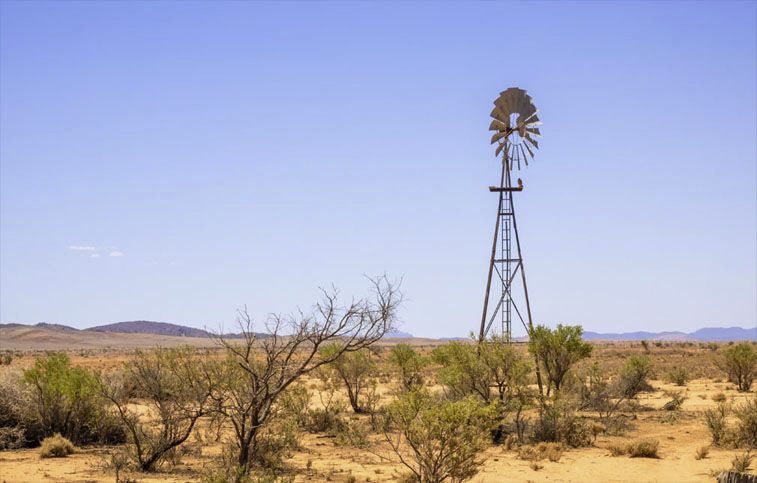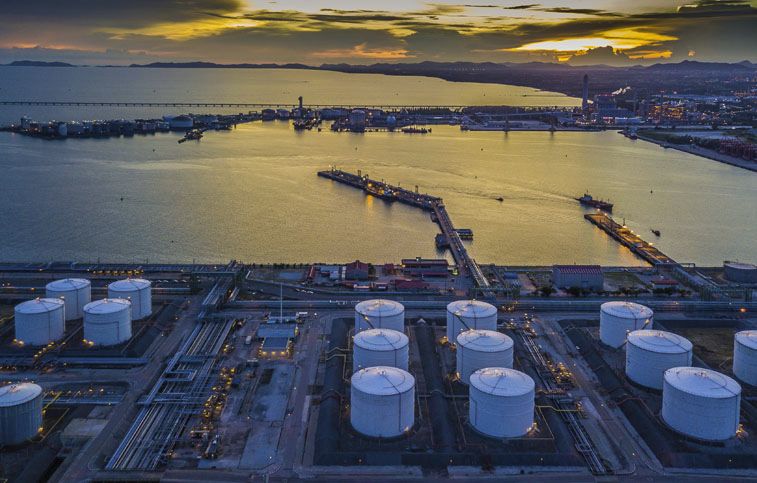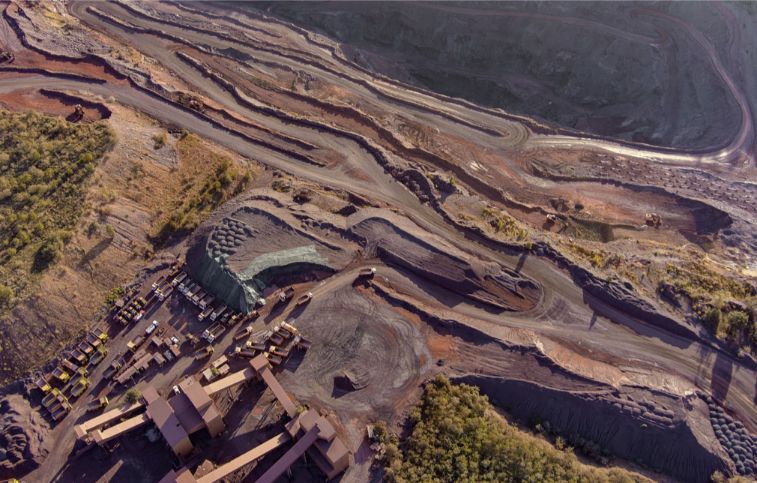Drought in the United States poses a significant threat to the agricultural industry. According to a report by Morningstar Sustainalytics and The Water Council, the industry is facing a critical situation. The study highlights how a water crisis in North America threatens to disrupt the food supply chain even further than the crisis that affected the Colorado River Basin in 2014. The Ogallala Aquifer in the Great Plains, the principal water source for agriculture in the Midwestern United States and one of the largest in the world, is highlighted as the main cause of concern in the report.
The Water Council estimates that the southern portion of the aquifer is at risk of water depletion within the next 30 years, and normal rainfall will take more than 6,000 years to replenish the levels to adequate amounts. Around 90% of the water from the Midwestern aquifer is used for irrigation, making this region the most groundwater-intensive in the United States. Therefore, intensive groundwater pumping contributes to the worsening of drought conditions.
The forecast in the report is concerning because this region of the United States supplies agricultural products in nearly all supermarkets across the country. The Great Plains produce approximately 25% of all U.S. crops, with a primary focus on commodities such as wheat, corn, sorghum, alfalfa, and cotton. The total value of this produce is estimated at $35 billion per year.
Numerous U.S. companies are currently operating in the Great Plains Region despite the stresses of the water crisis. According to the report, General Mills and Tyson Foods are two companies that excel in risk management. The former includes brands like Cheerios, Betty Crocker, and Blue Buffalo, whereas the latter is the largest producer of chicken, pork, and beef in the United States.
The scholars highlight the efforts of the two companies’ supply chains. “Both are better at addressing water-related risks than their peers,” they wrote in the research report. “General Mills’ direct operations and water risk management have proven robust. Tyson Foods also outperformed its competitors, albeit somewhat less than its rival competitor.”
According to Margot Conover, the company’s water management manager, General Mills collaborates with farmers and local organizations to achieve this goal. She stated that the objective is to “bring the principles of regenerative agriculture to life” and produce positive outcomes that benefit both people and the planet.
In light of these factors, investors should be cautious in their portfolio allocation decisions. According to Matt Howard, vice president of water management at The Water Council, asset managers will need to understand the water-related risk associated with the companies in which they invest in order to be in a position to reward companies that manage water effectively. In this context, the Securities and Exchange Commission is finalizing climate regulations requiring publicly traded companies to disclose the quantity of water-stressed assets and the total water consumption required by those assets.












